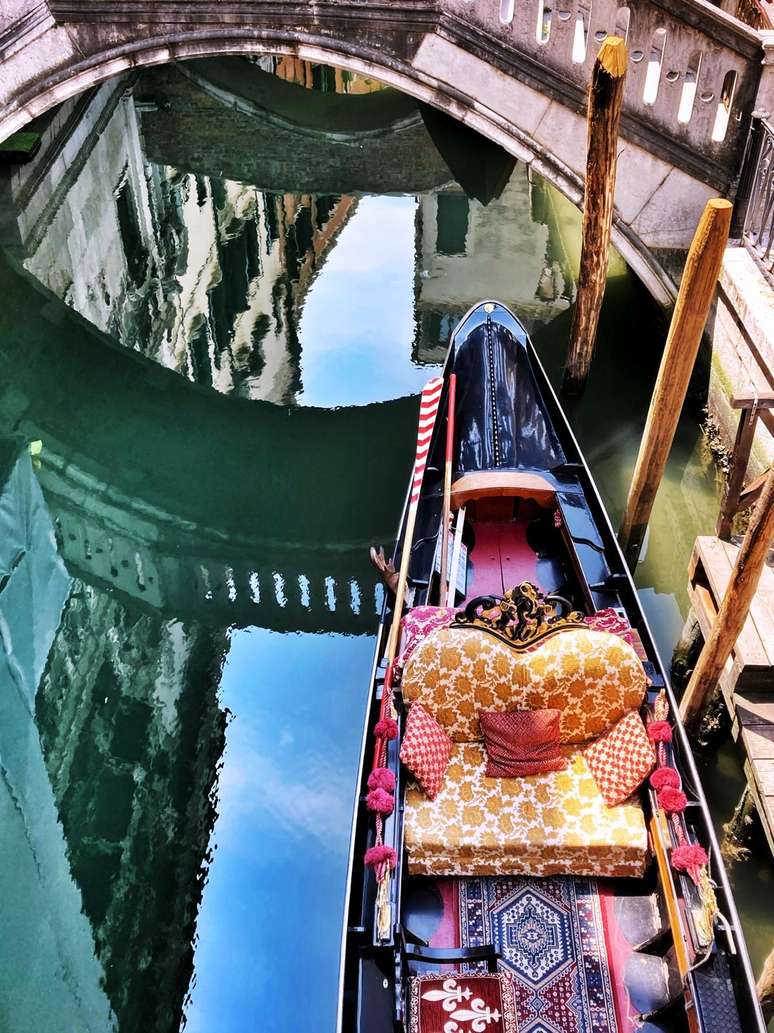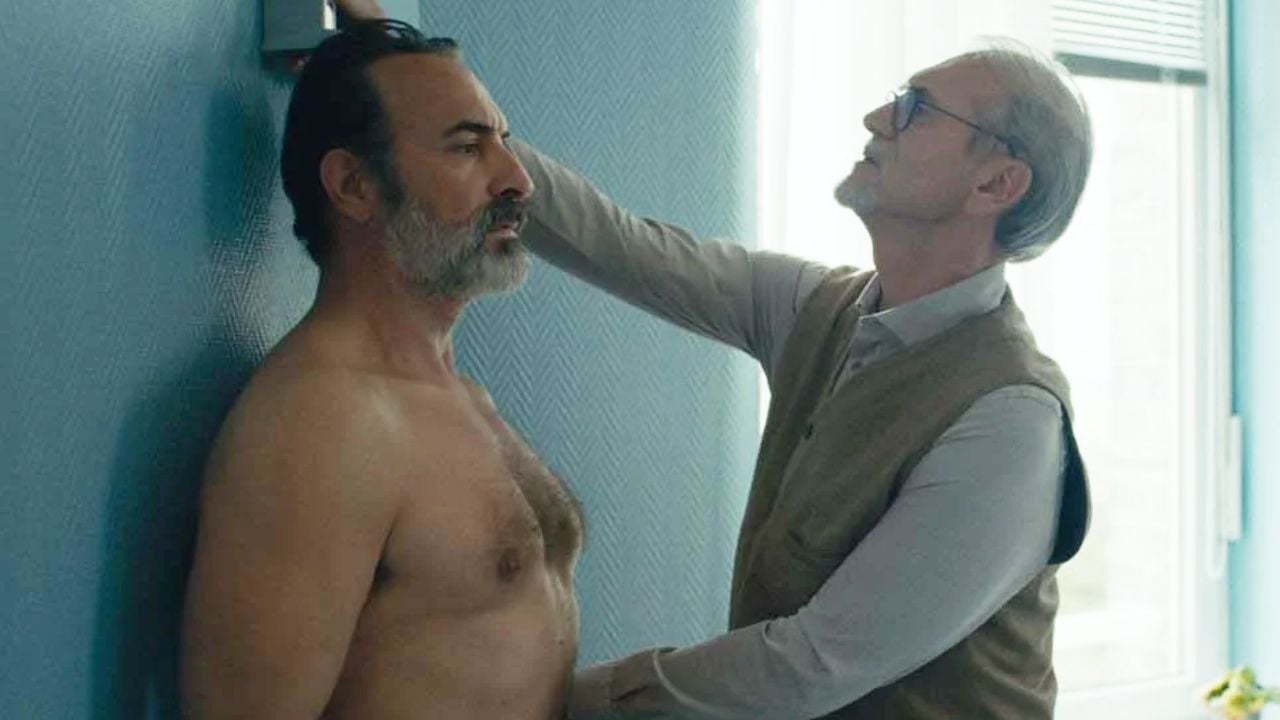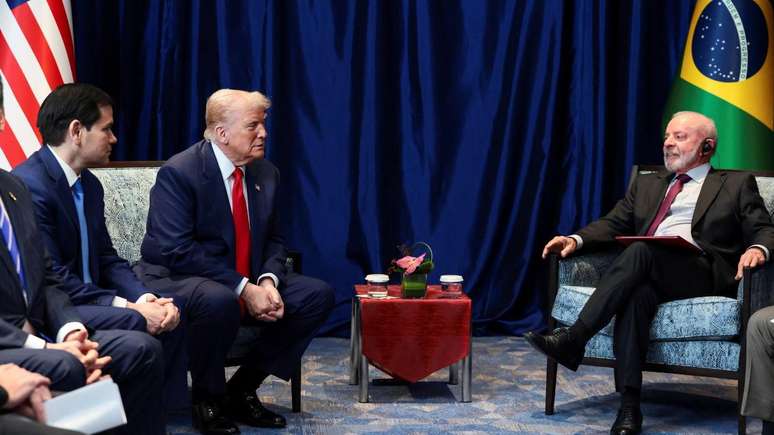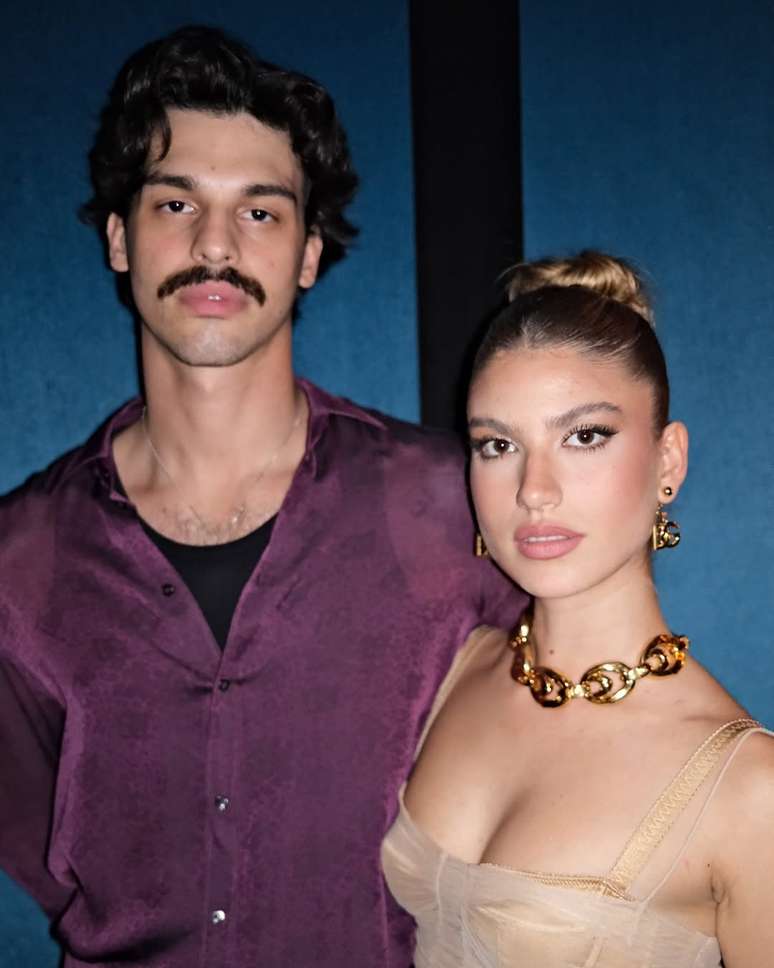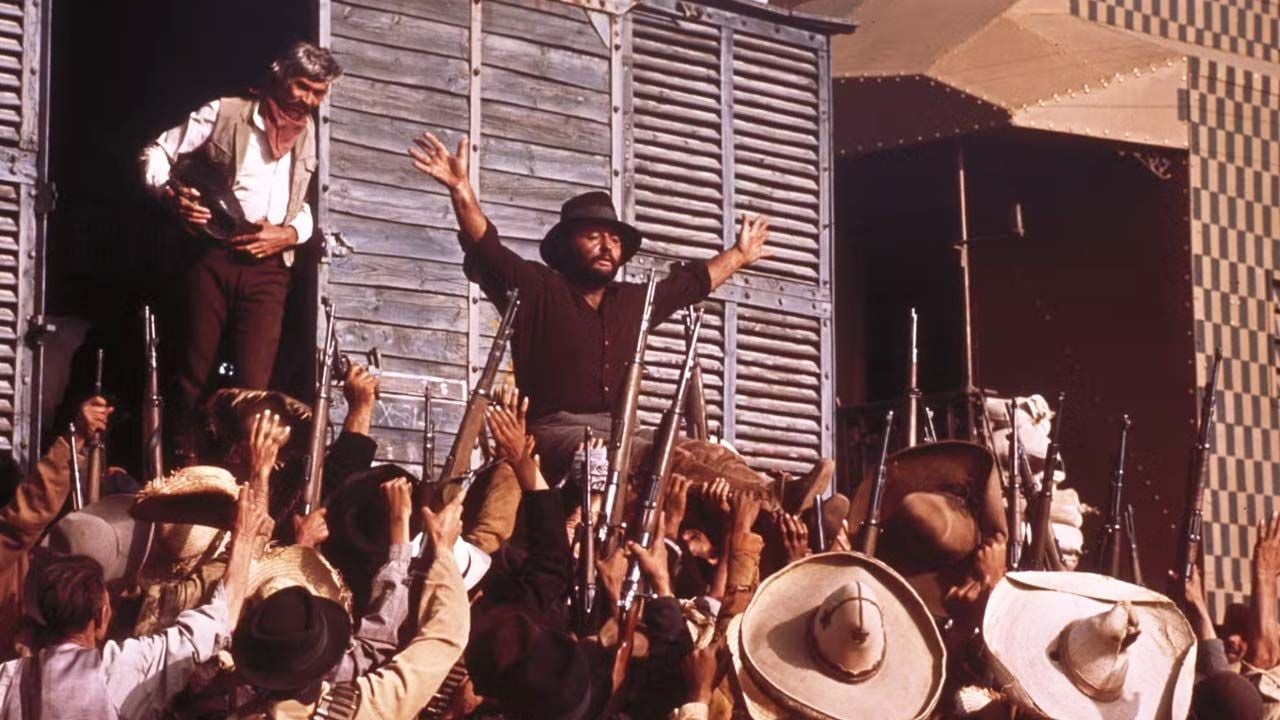Brazilians preparing for the Salão do Móvel will be able to extend their trip and go to Venice to enjoy the Biennial of Arts
The intersection between the dates of the two events – Salone del Mobile in Milan and Venice Art Biennale – allows tourists a very stimulating Italian double. Brazil is one of the countries with the highest number of visitors to the Salone del Mobile in Milan: architects, interior designers, retailers and manufacturers in the decoration sector book plane tickets and accommodation months in advance to travel to the Italian city in April.
Many of them take advantage of the days before or after Design Week to discover other destinations in the country. Venice it’s one of them. And, in 2024, since the Biennale will start earlier, one can expect that a large number of Brazilian creatives will take the opportunity to visit it.
Are you in this group? So pay attention to the main questions regarding the Biennale:
1) What are the dates of the Salone and the Biennale?
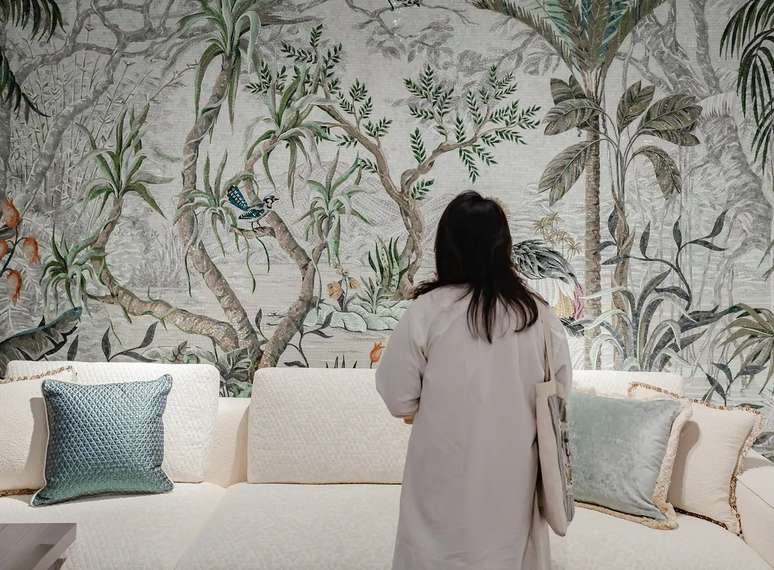
Salone del Mobile in Milan and Eurocucina: from 16 to 21 April
In this period, in addition to the Fair, the entire city is invaded by the Fuori Salone events, where shops, museums, cultural institutes and ancient buildings host numerous exhibitions.
Venice Biennale of Arts – from 20 April to 24 November (even if the Biennale does not open on Mondays, it will be open on 22 April).
The pre-opening of the Venice Biennale to guests and the press takes place early, on 17, 18 and 19 April. The first week of the fair should be the busiest, but it is an irresistible option for those who do not have the opportunity to return to Italy throughout the year.
2) Can you see the entire Biennale in just one day?
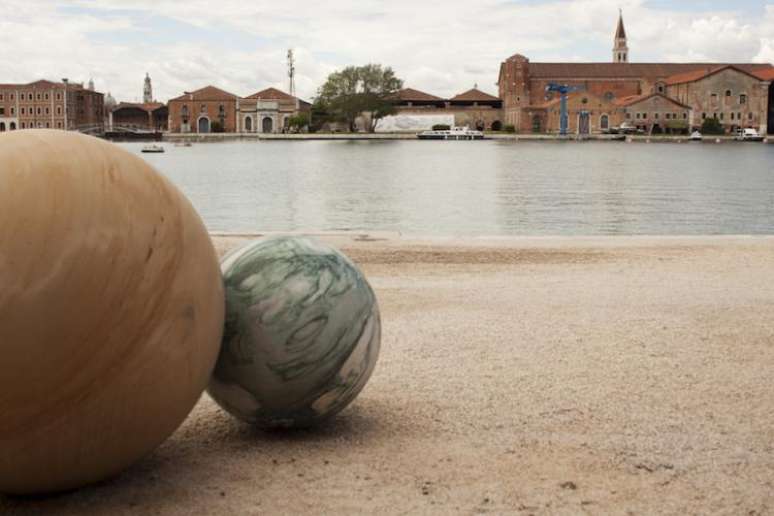
Depends. Art lovers need at least two days to see everything. But if you have never been to a Biennial and you have this opportunity now, even for just one day, you should take advantage of it. You probably won’t see everything. But you will understand how the exhibition works to prepare you for a future visit.
Know that you will be walking all day as the Biennale takes place in two different locations. One of them is the Gardens, a huge park where the pavilions of several countries – including Brazil – are located. The other is the Arsenal, former shipyard where the Venetian naval fleet was produced. Exhibitions from countries that do not have pavilions in the Giardini are held in its warehouses (for example, the exhibition on China is held there). the event opens at 11am and closes at 7pm, at the Giardini, and at 8pm, at the Arsenale.
3) How can I go from Milan to Venice?
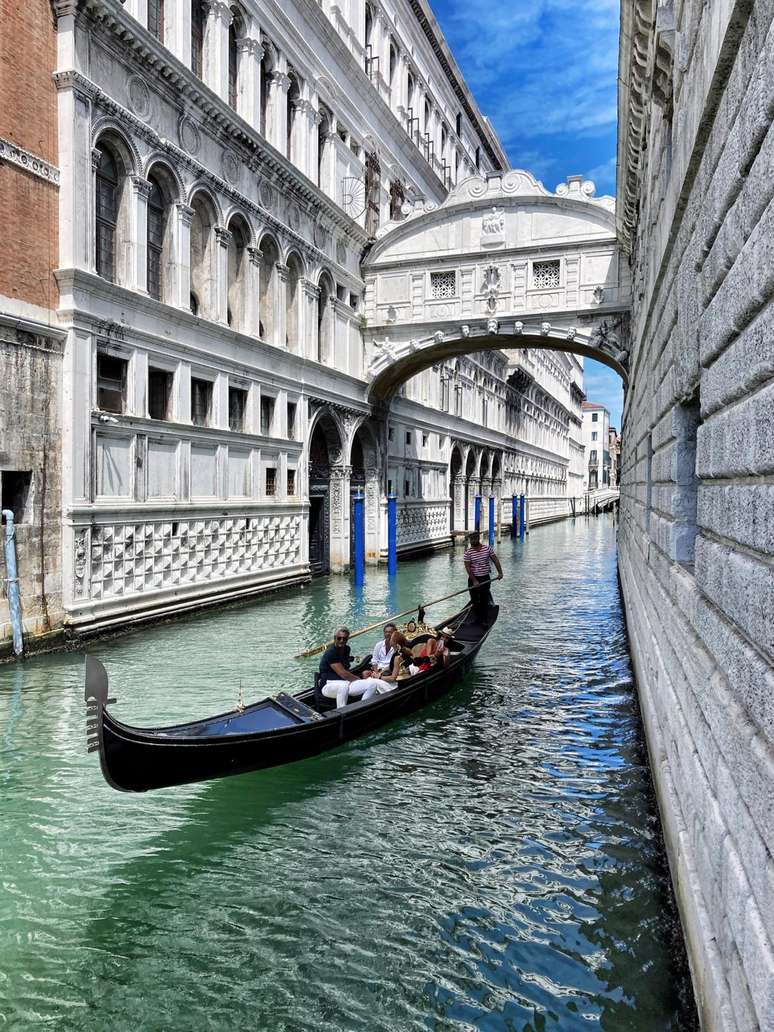
The train is the cheapest and most practical option. You can also buy your return ticket in advance online to save money. The journey takes approx 2:30 and the prices for each route vary depending on the type of train, the cabin (first or second class) and the advance with which you purchase. You can find tickets starting from 20 euros. But to be safe, when calculating the costs, think about 80 euros return.
Remember to carefully calculate the time you should leave the Biennale to return to the train station. The Biennale and the Station are located at diametrically opposite ends of the city and the distance is covered by the ferry.
4) How much does entry to the Biennale cost?
Entrance to the Biennale, with access to both exhibition venues, for a fee R$30.50. And it is highly recommended to buy tickets online in advance, because yes, there is a long queue at the box office.
5) Can you bring a snack to the Biennale?
He can! The exhibition opens late, at 11, so it’s best to have a good coffee before leaving home (or taking the train, if you’re in another city). And bring a snack to eat before you start seeing the exhibition. Then, on the journey between the two exhibition spaces, you can enjoy another coffee and a quick snack. This saves time to see more pavilions.
Some highlights from this year’s Art Biennale:
The curator is Brazilian!
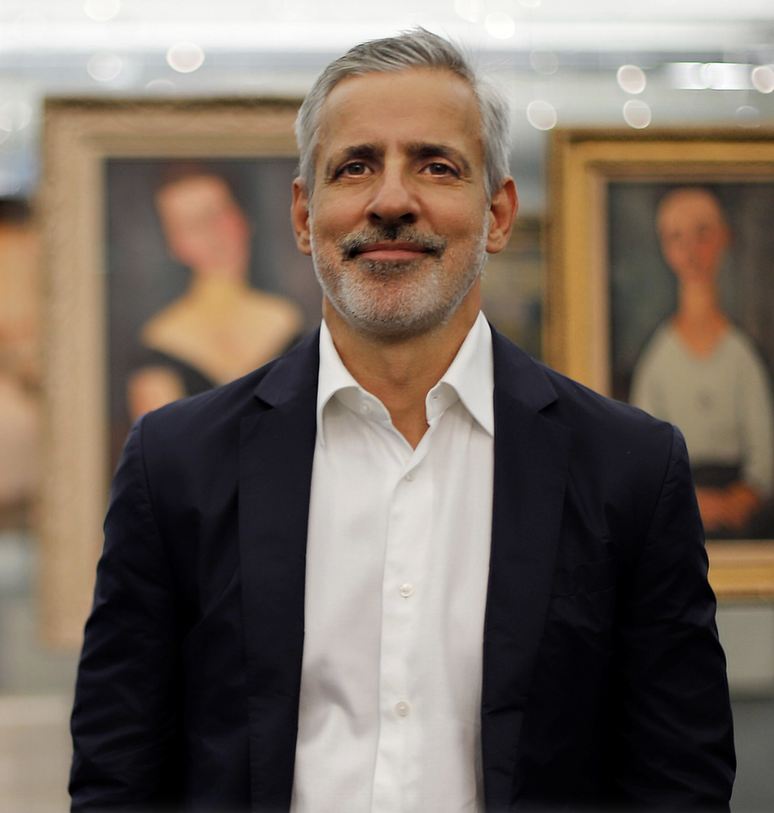
Adriano Pedrosa, artistic director of MASP, will be this year’s curator. The contemporary and inclusive look of him received widespread praise when the name was announced. For the first time we will have a Latin American curator. And the choice of a curator originally from the South of the world is very significant because it testifies to a shift in the axis of art, which embraces very different expressive forms.
Also remembering that this is the 60th. edition of the Biennial and the choice of Pedrosa for the special anniversary demonstrates the organizers’ concern for the future of what we now understand as an artistic event.
2) The Brazilian pavilion will have indigenous art
The artist Tupinambá, Glyceria, represents Brazil. As happened last year, during the Architecture Biennial, the appreciation of the indigenous peoples includes the renaming of the Pavilion – Hãhãwpuá. The theme will be “We are birds that fly” – and the resistance of an almost always invisible people will be projected on film and represented in various works.
3) Strangers Everywhere is the overall theme this year
This theme has multiple and important interpretations. First, in a literal sense, no matter what country we are in, we will always encounter foreigners, through ancient immigration processes. Then because if we think about it we are all foreigners, even if we are in our own country.
But the message of the Biennial is even deeper: attention will be paid to artists who are refugees, expatriates, immigrants, who have suffered the diaspora or have been exiled… And, also, exploiting the etymology of the word foreigner – strange – persecuted We must welcome marginalized artists, transgender artists, artists considered folk and artists from indigenous populations who feel like foreigners in their own home.
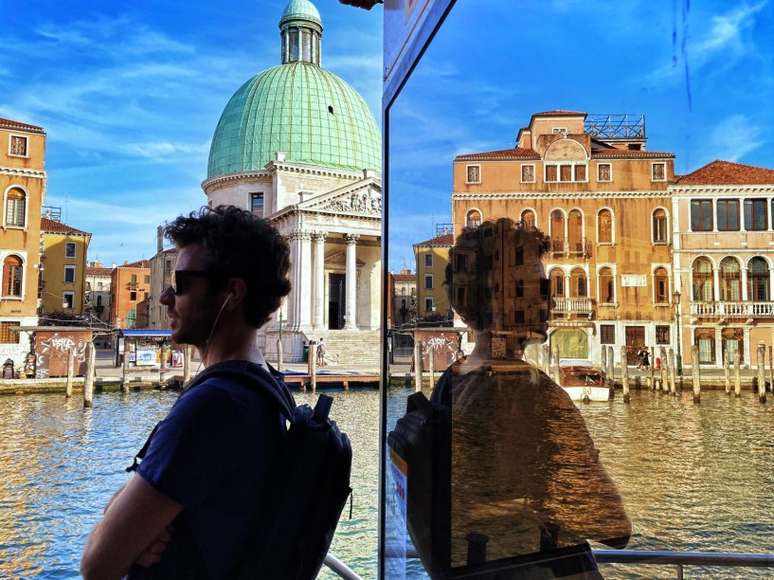
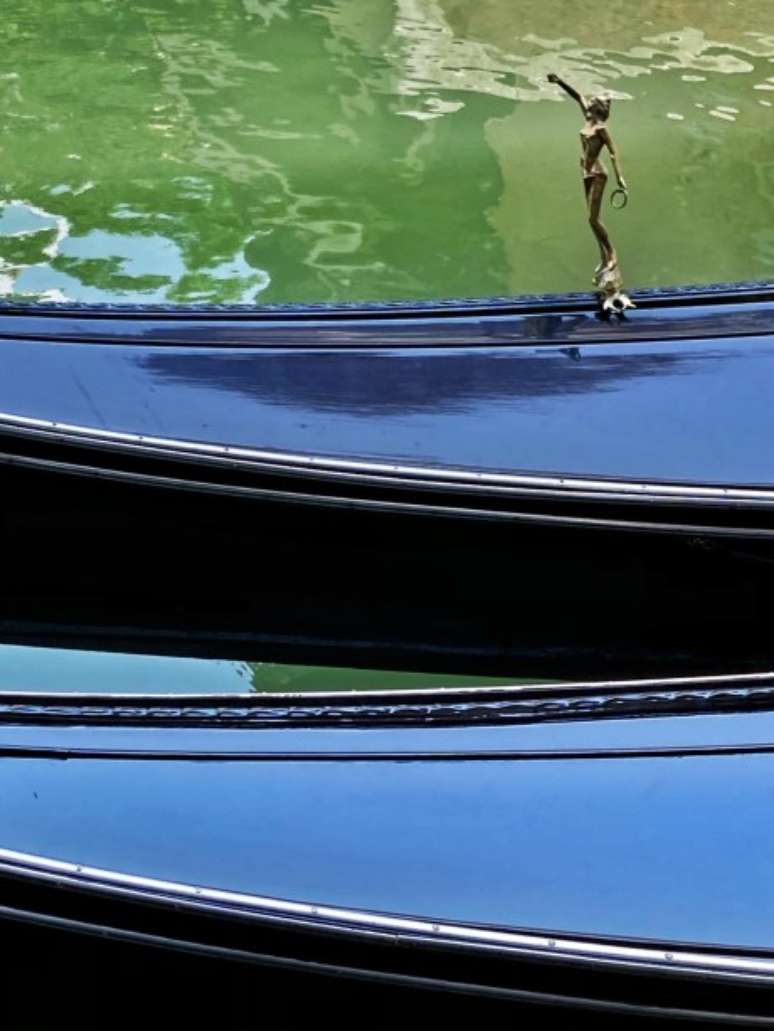
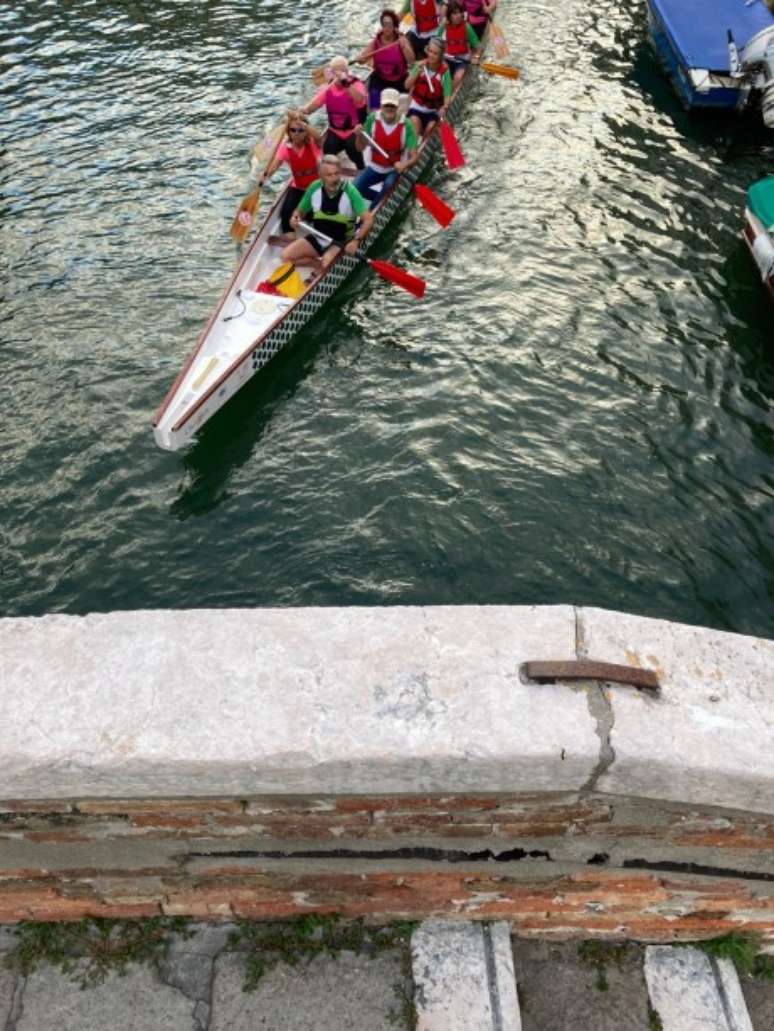
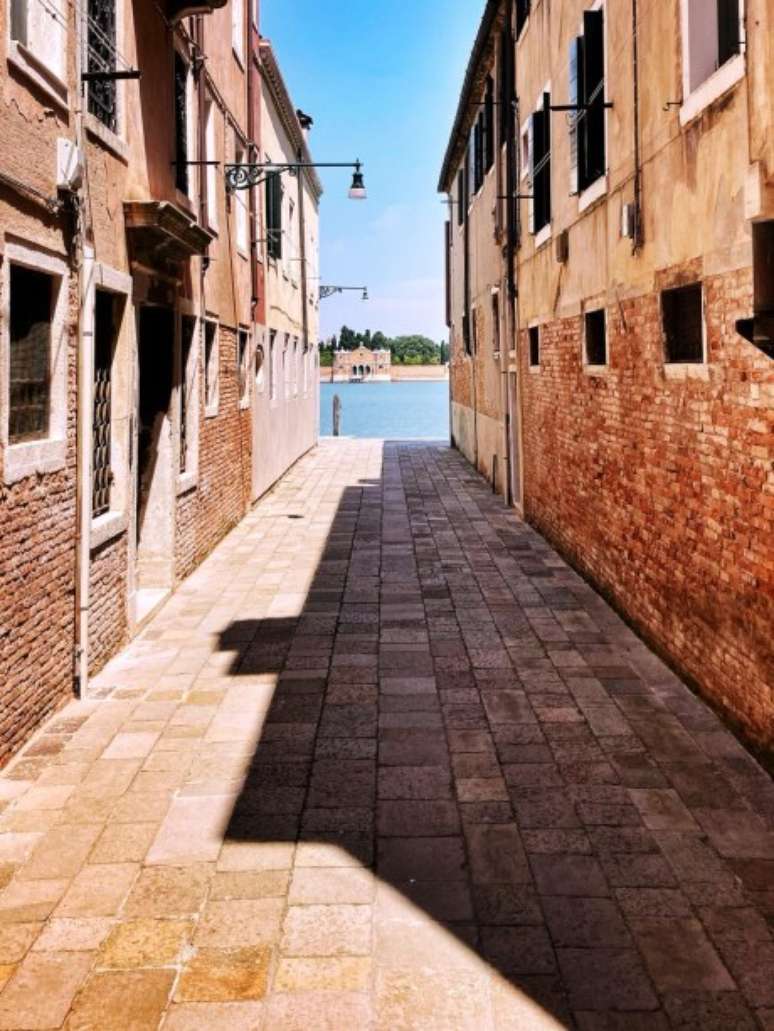
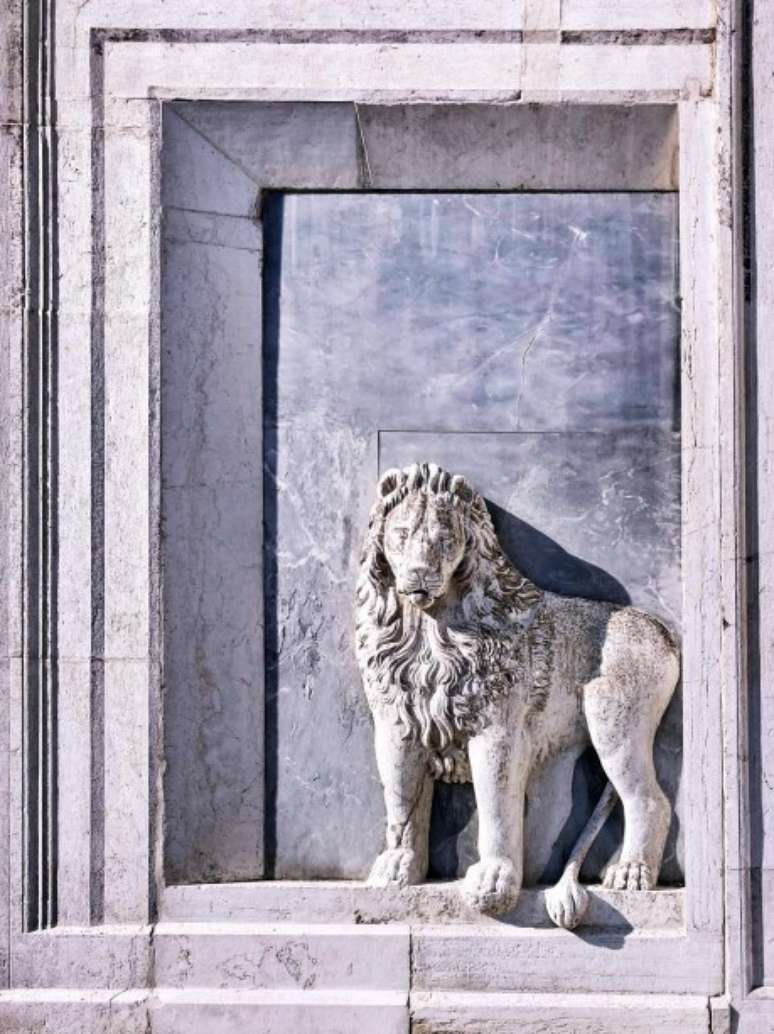



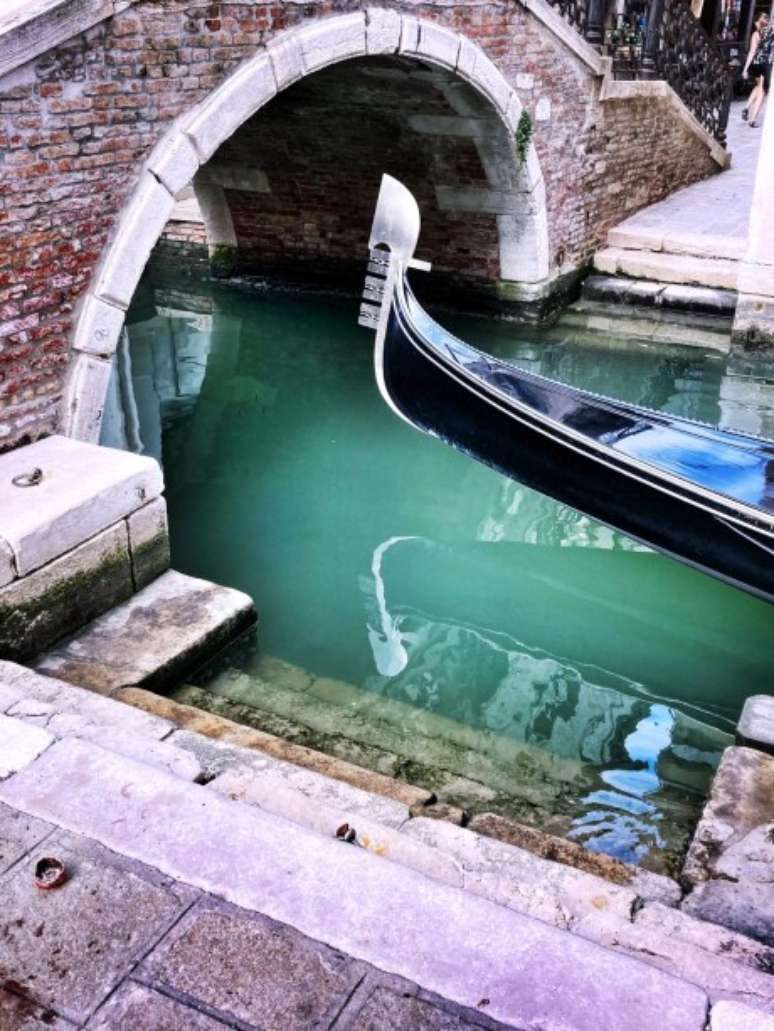
Source: Terra
Ben Stock is a lifestyle journalist and author at Gossipify. He writes about topics such as health, wellness, travel, food and home decor. He provides practical advice and inspiration to improve well-being, keeps readers up to date with latest lifestyle news and trends, known for his engaging writing style, in-depth analysis and unique perspectives.

